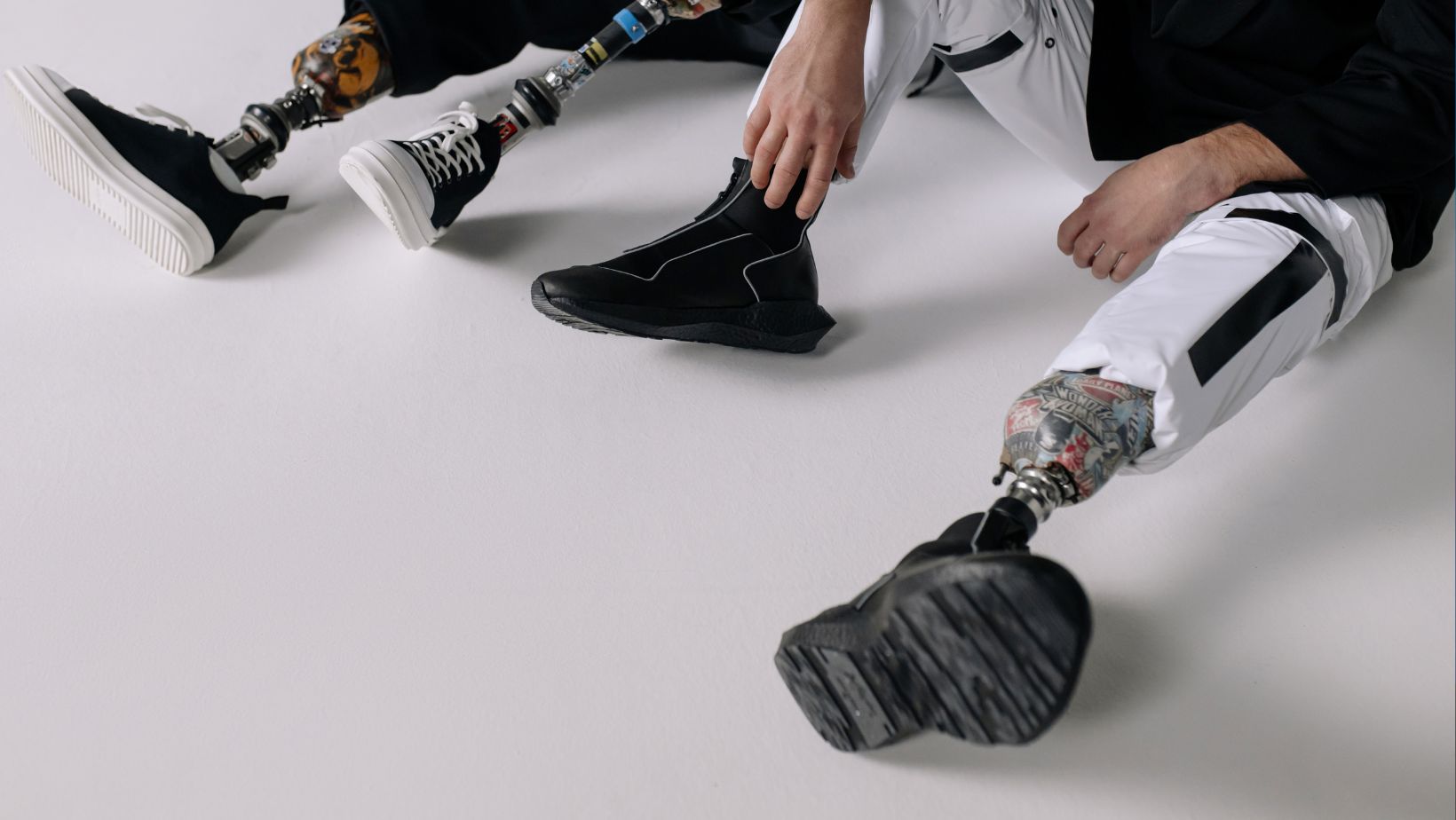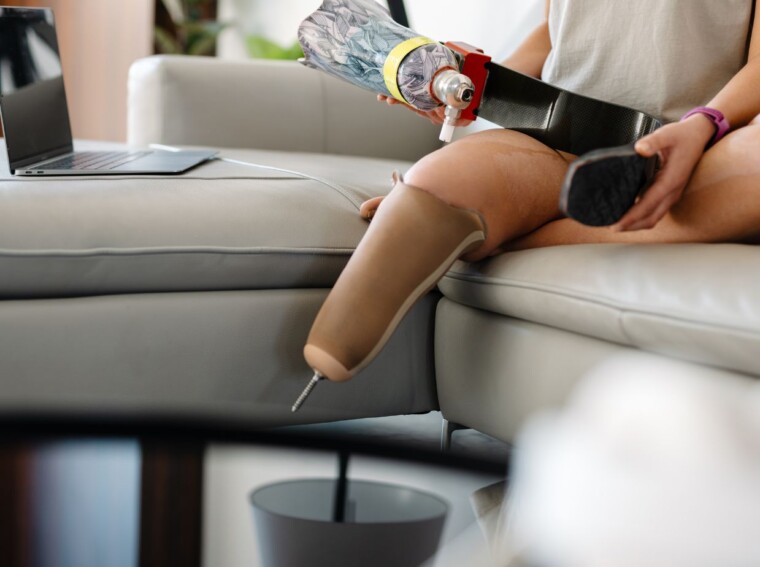How do People With no Legs go to The Bathroom
People with no legs have different methods and tools to assist them in going to the bathroom. One common solution is using a wheelchair-accessible bathroom equipped with grab bars, raised toilets, and special seating arrangements. These modifications allow individuals with no legs to transfer themselves onto the toilet safely.
Another option for people without legs is using assistive devices such as a commode chair or a transfer board. A commode chair is a portable chair with an opening that can be placed over the toilet or used independently. It provides support and stability for individuals who cannot stand or balance on their own. On the other hand, a transfer board is a flat board that allows users to slide from their wheelchair onto the toilet seat smoothly.
Furthermore, some individuals may choose to use catheters or colostomy bags as part of their bathroom routine. Catheters are thin tubes inserted into the bladder to drain urine directly into a bag, eliminating the need for using conventional toilets. Similarly, colostomy bags collect waste material from an opening created in the abdomen, bypassing the need for bowel movements through traditional means.
Adapting to Life Without Legs
Living without legs can present unique challenges, and one common question that arises is how individuals in this situation go to the bathroom. While the process may vary depending on individual circumstances, there are several adaptive techniques and assistive devices that can help make this daily task more manageable.
- Wheelchair Accessibility: Many people with no legs utilize wheelchairs for mobility. These wheelchairs are designed with accessibility in mind, allowing individuals to easily maneuver into restrooms equipped with accessible features such as wider doorways, grab bars, and lowered sinks and toilets.
- Transfer Techniques: Transferring from a wheelchair to the toilet can be accomplished using various transfer techniques. Some individuals may use their upper body strength to lift themselves onto the toilet seat, while others may employ transfer boards or sliding mats for assistance.
- Adaptive Equipment: There are several types of adaptive equipment available specifically designed to aid individuals with no legs in using the bathroom independently. These include raised toilet seats that provide a higher seating position, grab bars strategically placed near the toilet for added stability, and commodes that can be positioned next to the bed for those who have difficulty accessing a traditional restroom.
- Personal Care Assistance: In certain cases where independent use of the bathroom is not feasible due to physical limitations or other factors, individuals may require personal care assistance from trained caregivers or family members. They can provide support with tasks such as transferring onto the toilet seat, maintaining hygiene, and ensuring cleanliness post-bathroom use.

Accessible Bathrooms For People With Disabilities
When it comes to accessible bathrooms for people with disabilities, including those who have no legs, there are various considerations and solutions in place to ensure their comfort and independence. Let’s explore some of the features and adaptations that make these bathrooms accessible for individuals facing mobility challenges.
- Wheelchair Accessibility: Accessible bathrooms are designed with wheelchair users in mind. They feature wider doorways to accommodate wheelchairs, spacious interior layouts that allow easy maneuverability, and lower countertops and sinks for convenient use.
- Grab Bars: Grab bars are crucial elements in an accessible bathroom. They provide stability and support for individuals as they transfer from their wheelchair to the toilet or shower seat. These bars are strategically placed near the toilet, shower, and bathtub areas to assist with balance and movement.
- Roll-in Showers: An essential feature of an accessible bathroom is a roll-in shower. This type of shower has no threshold or curb, allowing individuals using wheelchairs or those with mobility impairments to enter easily without any barriers. Additionally, handheld showerheads and adjustable-height seating provide flexibility and convenience during bathing.
- Raised Toilet Seats: To enhance accessibility for individuals without legs or limited leg function, raised toilet seats can be installed within the bathroom. These elevated seats make it easier for people using wheelchairs or mobility aids to transfer onto the toilet safely.
- Lowered Countertops and Sinks: Accessible bathrooms often include lowered countertops and sinks to accommodate individuals who may be seated in a wheelchair or have difficulty reaching higher surfaces. This adaptation promotes greater independence when performing daily hygiene tasks such as handwashing or brushing teeth.
- Proper Signage: Clear signage is essential within an accessible bathroom facility so that people can easily locate different amenities like toilets, showers, sinks equipped with grab bars, etc., making navigation more straightforward for everyone.
Conclusion
The question of how people with no legs go to the bathroom is one that requires careful consideration and understanding. While it may seem like a challenging task, individuals who are differently abled have found innovative ways to manage their personal hygiene needs. Remember that every person’s experience is different when it comes to managing personal care routines without legs; therefore, empathy and understanding are vital in creating an inclusive society where everyone feels valued and respected. By acknowledging the needs of individuals with no legs and fostering an environment that promotes accessibility and support, we can strive towards a more inclusive society for all.

